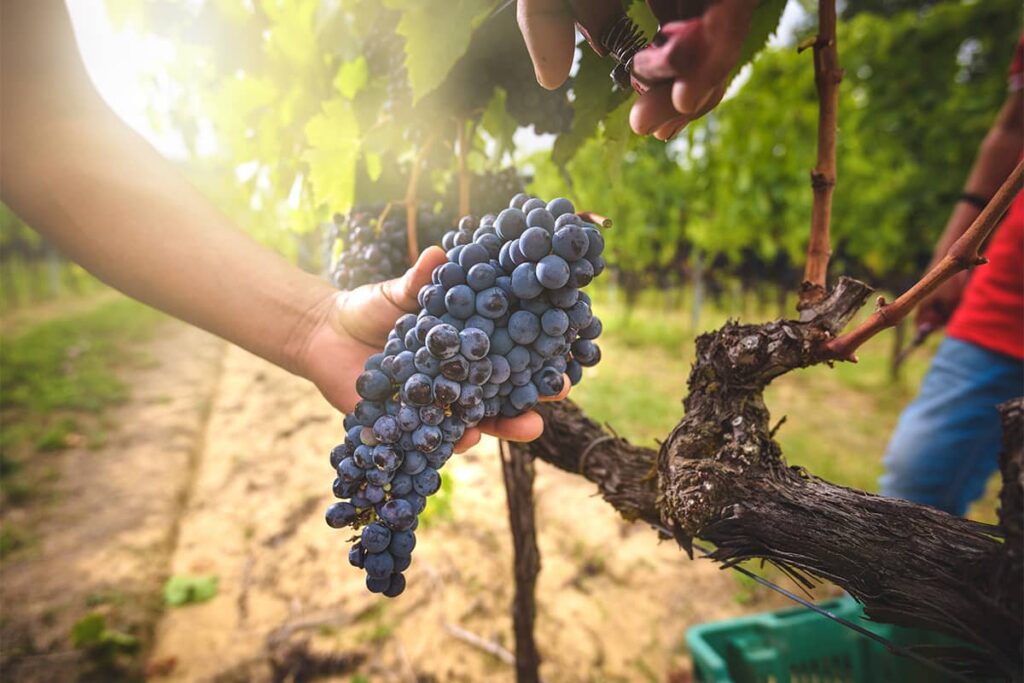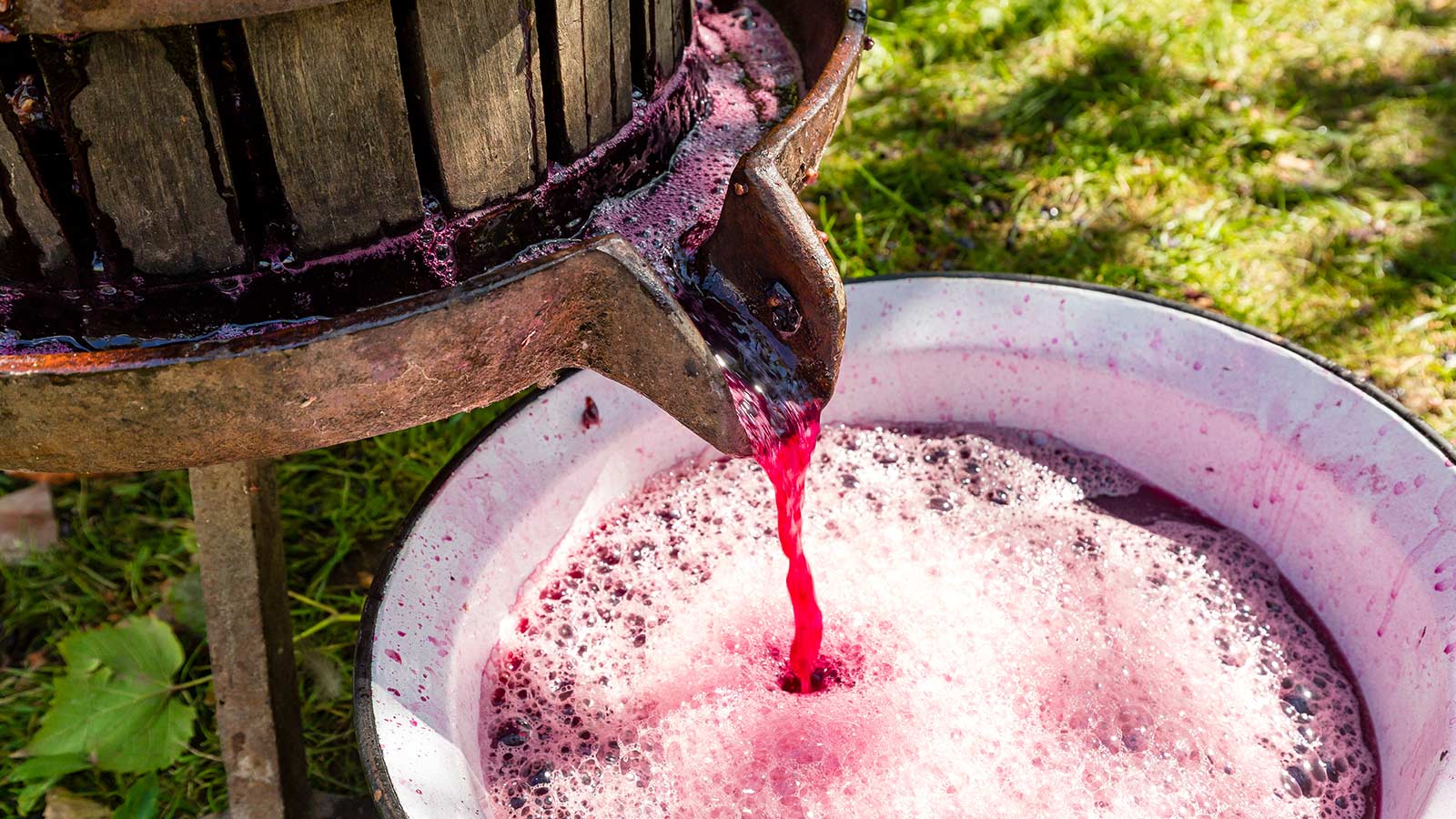India’s winemaking journey spans thousands of years, from ancient Persian traders introducing grape cultivation during the Bronze Age to today’s thriving industry valued at USD 229 million. What began as a practice largely forgotten during colonial prohibition has transformed into one of the world’s most exciting emerging wine markets. The modern Indian wine renaissance, sparked in the 1980s, has created a dynamic industry that combines traditional knowledge with cutting-edge techniques. Today, Indian wines are gaining international recognition, with domestic production accounting for over 75% of consumption and exports reaching global markets. This remarkable evolution reflects India’s growing middle class, changing lifestyle preferences, and the determination of pioneering winemakers who refused to accept that quality wine couldn’t be produced in tropical climates.
Ancient Roots and Historical Foundations
Indian winemaking traces back to the Bronze Age when Persian traders brought grape cultivation to the Indian subcontinent. During the Vedic period of the 2nd and 1st millennia BCE, tribes were known for consuming intoxicating beverages, with the religious text Rigveda mentioning “sura,” possibly a rice wine fermented with honey. The first documented grape-based wines appeared in the late 4th century BC through Chanakya’s writings, which described “Madhu,” a grape wine enjoyed by Emperor Chandragupta Maurya’s court.
Under Portuguese colonization in the 16th century, Goa became a center for port-style wine production, while British rule during the Victorian era strongly encouraged viticulture as a domestic source for colonists. Vineyards flourished across Baramati, Kashmir, and Surat regions, with Indian wines receiving favorable reception at the 1883 Calcutta International Exhibition.
The Dark Ages and Near Extinction

The late 19th century brought devastation when the phylloxera epidemic destroyed Indian vineyards. Recovery proved challenging as unfavorable religious and public opinion culminated in the 1950s prohibition policies across many Indian states. Vineyards were either uprooted or converted to table grape and raisin production, with only regions like Goa continuing limited wine production, typically very sweet and highly alcoholic.
The turning point came in the early 1980s with the founding of The Tonia Group in Goa. With French winemaker assistance, they imported Vitis vinifera varieties including Cabernet Sauvignon, Chardonnay, Pinot Blanc, Pinot Noir, and Ugni Blanc, producing both still and sparkling wines. Simultaneously, pioneers like Kanwal Grover in Karnataka’s Nandi Hills and Shymarao Chowgule began experimenting with grape varieties during the 1970s.
The Sula Revolution and Market Expansion
Sula Vineyards, founded by Rajeev Samant in 1997, symbolized the industry’s optimism. Despite initial challenges—taking two years just to obtain a government license—Sula introduced international varietals like Sauvignon Blanc and Chenin Blanc to Indian soil. The company’s success, now selling one million cases annually with Rs 500 crore turnover, demonstrated Indian wine’s commercial viability.
Maharashtra introduced India’s first wine policy in 2001, followed by Madhya Pradesh, Tamil Nadu (2006), and Karnataka (2007). This regulatory support enabled the establishment of numerous wineries, with Nashik emerging as India’s wine capital, hosting 29 wineries.
Current Market Dynamics and Future Prospects
Today’s Indian wine market exhibits remarkable growth, with projections reaching USD 892 million by 2033 at a 16.30% CAGR. The industry benefits from increasing disposable incomes, urbanization, and changing consumer preferences, particularly among younger demographics and women. Wine tourism has flourished, with leading wineries like Sula, Grover Zampa, and Fratelli Wines promoting experiential tastings and vineyard visits.
The hospitality sector significantly influences consumption, with upscale restaurants and hotels showcasing extensive wine lists featuring both domestic and international selections. E-commerce expansion, accelerated by COVID-19, has improved accessibility across urban markets.
With 70 producers creating 24 million bottles annually and growing international recognition, Indian winemaking has evolved from ancient traditions to modern excellence, positioning itself as a significant player in the global wine industry.


